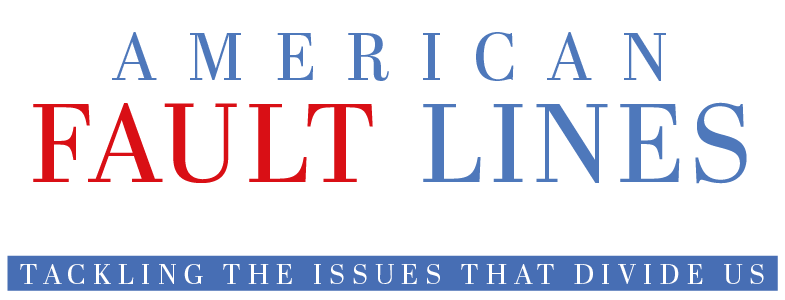Internet.com (Oct. 23, 2000)
For the big boys of the advertising industry, web radio is still small potatoes.
"We don't know if anyone's listening. We still don't know how we should be measuring because it's such a small audience," says Mitch Oscar, senior VP and director of media futures at Universal McCann, a leading ad agency.
The struggle over how to track web radio audience is reflected in Arbitron's shift last summer from counting heads to tallying what it calls Aggregate Tuning Hours (ATH).
"I'm not sure what that means," says Terry Gillingham, GM of KPIG-FM, a small broadcaster in Monterey, CA that is number 10 in the Arbitron webcaster rankings, and was averaging 70,000 to 80,000 visitors a month under the old measurement system. "What do we say when we have 100,000 listening hours? Who sets the benchmark for what you pay for those hours."
The advertising industry is asking the same thing.
" Anyone who says to you they have the formula is lying -- I don't think they know enough yet," says Oscar.
Thirty-three million people logged onto streamed content last July, according to the Nielsen Netratings, but specifics on what they sampled are difficult to come by.
Eight firms currently provide some form of audience measurement tracking. But none of the approaches yet offer the level of detail ad agencies seek. Neilsen, Media Matrix, NetValue and PC Data monitor panels of from 6,000 (NetValue) to 120,000 (PC Data) users through usage reports from media players, but none has yet released its data, and critics say, each has major drawbacks.
Arbitron, which is one of only two companies currently issuing reports, plans to begin providing demographic details in January.
The streamers insist their technology relegates the ratings system to e-history.
"Everything is sold on impressions, and we keep serving up those ads until we hit the numbers, so they are guaranteed delivery," says Ron Rivlin of Hiwire, Inc., which handles ads for traditional and web-only streamers.
"The question is when are the advertiser and the advertising agencies begin to believe the numbers and the power of narrowcasting and channel that money out of traditional broadcasting?" asks Eric Paulson, chairman of NetRadio Corporation, which has five of the top ten channels.
Broadband access -- only 8% of Americans have broadband at home -- remains the biggest roadblock to the success of streaming media, and the biggest reason for advertising industry skepticism. That and recent history.
"We are rolling out a first time advertising vehicle to an industry that has a bad taste in its mouth about banner ads," says Bo Overstock, managing director of Radiowave.com, whose Ispot technology offers clickthrough banner ads with audio. "We have to go back to the ad agencies and convince them of those new vehicle's effectiveness."
If Oscar of Universal McCann is any indication, they are unlikely to find a warm reception: "We're still a long way away in terms of measurement, and since so little is spent on national radio, I don't think it's a priority except to the people selling it.
Of the $17 billion spent on radio and TV, only $750 thousand of that is the national spend and the rest is all local," Oscar continues. "Radio has always been wonderfully local, that's been its strength. Web radio changes those dynamics."
That's because the moment a local broadcaster starts streaming its signal it becomes a global broadcaster.
And if Madison Avenue's skepticism isn't enough to give traditional broadcasters cold feet about making an investment in the Internet, there's the Catch-22 of web radio -- the more people who listen, the more it costs the webcaster.
"In radio, you create a station, you buy a transmitter, you build a tower and you broadcast," says consultant Jacobs. "And once you've paid down the debt it really doesn't cost anything. The whole streaming audio model is a completely different game because the more people you have listening, the more bandwidth you need and the more it costs."
There's also the issue of raw speed. "One of the problems with streaming is that the more audience you get, the longer it takes to stream," says Tim McCarthy, General Manager of WABC, the top-rated terrestrial broadcaster currently streaming. "I was listening to a ballgame on the web the other day and looked up and the TV and realized we were running at a seven minute delay."
All of which is why many broadcasters are taking a wait and see attitude. If you don't live in New York or Boston, for example, you won't be able to listen to CBS' powerhouse news/talk stations in those markets on the web. CBS President Mitch Karmazin has ordered a complete ban on streaming until he can figure out how to make money on it.
"Streaming for the sake of streaming is not good programming," agrees WABC's McCathy. "You're taking the chance of diluting your audience."
Even for those who are on the web, revenues from streaming audio ads remain purely theoretical. The streams of most traditional broadcasters simply carry the ads that are being run on the air, and relatively few even add a web surcharge.
"We truly believe there is going to come a time when it is going to be profitable," says Randy Palmer, VP of Clear Channel Communications, which is currently streaming only 58 of its 1,111 stations. "We're basically testing what kind of response we're going to get [and] building an infrastructure for when we believe it will be profitable to roll out to the other stations."
That's a luxury the webcasters don't have.
"E-commerce strategy is not make or break for broadcasters," says Jacobs. "They can build slowly unlike the audio streaming companies doing nothing but audio -- they're going to be in a world of hurt."


